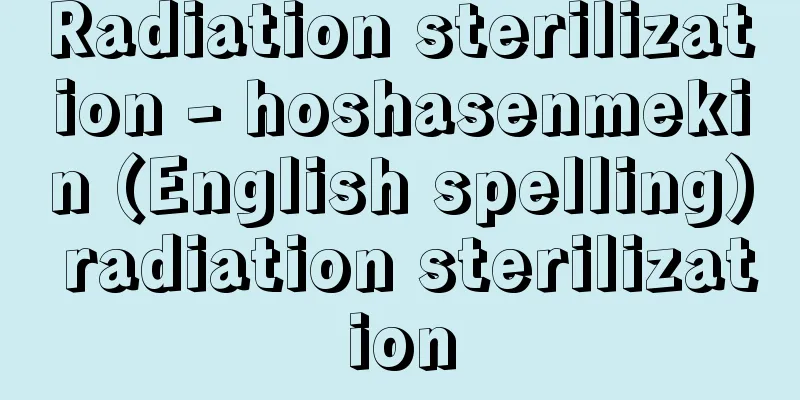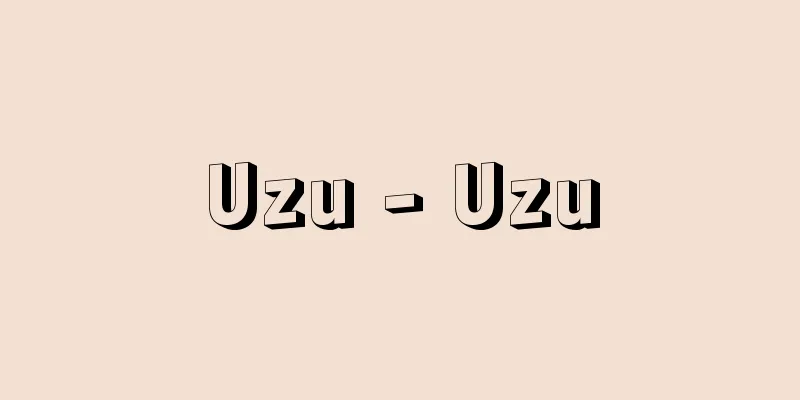Azumayama ruins

|
This archaeological site is centered on the Otsuka site in Nakagawa-cho, Tsuzuki-ku, Yokohama, and the Saikachido site in Otana-cho, and is located on a plateau about 40 meters above sea level overlooking a tributary of the Tsurumi River. At the Otsuka site, the entire picture of a moated settlement from the late middle Yayoi period (Miyanodai period) was revealed. Within the cocoon-shaped moat, 200 meters in diameter and 130 meters wide at its widest point, 90 pit dwelling sites are distributed in three blocks. Because three sub-periods can be considered due to overlapping pit dwellings, it is believed that the settlement was made up of three groups of about 10 houses each. The moat is an inverted trapezoid with a cross section 4 meters wide and 1.5 to 2 meters deep, and there are two, old and new. The cemetery of this settlement was established in the Saikachido site to the southwest. 25 square moated graves are distributed in three groups on the edge of the valley head and on the plateaus on either side of the small valley, with several more predicted to exist in unsurveyed areas. Each grave has a pit in the center, and burials in jar coffins and pits were also carried out within the ditch. Miyanodai-style jars and bowls have been excavated from within the ditch. The Otsuka settlement, protected by a moat and with such a graveyard, is thought to have been a central location that linked the surrounding small settlements. At the Saikatsudo Minami site at the foot of Saikatsudo, the remains of a settlement with square moated graves from the Miyanodai period have been confirmed. However, at the beginning of the Late Yayoi period, this central settlement disintegrated, and it came to an end as a small settlement of just a few houses. Around the same time, a settlement appeared on the plateau of Saikatsudo, and the remains of ten dwellings dating back to the middle to late Jomon period and one square moated tomb have been uncovered, but it is believed that there are still several more dwellings in unexplored areas. The area from Saikatsudo to the southern half of Otsuka was also the site of a large-scale settlement from the middle Jomon period, and there are also remains from the Middle Ages, such as a square mound measuring 19 meters on each side and 2 meters high on the plateau of Otsuka, and cremation urns (1 old Seto bottle, 2 Tokoname jars) on the southern slope of Saikatsudo. [Isamu Okamoto] Source: Shogakukan Encyclopedia Nipponica About Encyclopedia Nipponica Information | Legend |
|
横浜市都筑(つづき)区中川町大塚遺跡と大棚町歳勝土(さいかちど)遺跡を中心とする遺跡群で、鶴見川の一支流に臨む比高40メートルほどの台地上にある。大塚遺跡では弥生(やよい)時代中期後半(宮ノ台期)の環濠(かんごう)集落の全貌(ぜんぼう)が明らかにされた。長径200メートル、最大幅130メートルの繭形に周る環濠内に90基の竪穴(たてあな)住居址(し)が3ブロックをなして分布している。竪穴の重複関係などにより3小期の変遷が考えられることから、おのおの10戸前後からなる三つの集団で構成された集落とみられる。環濠は幅4メートル、深さ1.5~2メートルの断面逆台形のもので、新旧2本がある。この集落の墓地が南西に続く歳勝土遺跡に設けられた。25基の方形周溝墓(ほうけいしゅうこうぼ)が小支谷の谷頭縁辺部とその両側の台地上に3グループをなして分布しており、未調査の部分にさらに数基の存在が予測される。各墓は中央に土壙(どこう)1基があるほか、周溝内にも壺棺(つぼかん)や土壙による埋葬が行われた。溝内からは供献された宮ノ台式の壺、鉢が出土した。このような墓地を伴い環濠で防御された大塚の集落は、周辺の小集落を包括した集落群の結合のかなめをなす拠点的な存在であったとみられる。歳勝土の麓(ふもと)の歳勝土南遺跡では、宮ノ台期の方形周溝墓を伴う集落址が確認されている。しかし弥生後期初頭にはこの拠点集落は解体し、数戸の小集落となって終焉(しゅうえん)する。それと相前後して歳勝土の台地に集落が出現し、後期中葉に及ぶ10基の住居址と方形周溝墓1基が明らかにされているが、なお未調査の部分に数基の住居址があるものとみられる。また歳勝土から大塚の南半にかけては、縄文時代中期の大規模な集落址でもあり、さらに中世の遺構として大塚の台地上に1辺19メートル、高さ2メートルの方形の塚1基、歳勝土の南斜面に火葬蔵骨器(古瀬戸瓶子(へいし)1、常滑(とこなめ)壺2)が存在した。 [岡本 勇] 出典 小学館 日本大百科全書(ニッポニカ)日本大百科全書(ニッポニカ)について 情報 | 凡例 |
<<: Atsumi [Hot Spring] - Atsumi
Recommend
Warehouse - Kura
A building for storing grain, clothing, furniture,...
Bin Ueda
Poet, critic, and English literature scholar. Bor...
Kanon of the Crab - Kanon of the Crab
…(3) Retrograde Canon: The main voice is read bac...
Casemosa (Casemeria verrucosa) - Casemosa (English spelling)
A worm-shaped mollusc of the family Corallidae in ...
Protoungecula - Kinteijomoku
…There are only two extant species in Africa and ...
rapidly progressive glomerulonephritis
...The cure rate is said to be over 90% for child...
Erté (English spelling)
…Perfume bottles and posters, which were reproduc...
Letter set
...To eliminate this drawback, rubber or plastic ...
Sablé, marquise de (English spelling) Sable marquise de
…French female writer. From a young age, she was ...
Rhynchophoridae
...A general term for insects belonging to the Rh...
Walking board - Ayumiita
〘Noun〙① A board that is hung over something to all...
status quo (English) statusquo
The status quo is a term used in international la...
Egawa Tamanori Ichiza (Egawa Tamanori Ichiza)
...The first Japanese performer to perform ball-r...
Meyer-Eppler, W.
...The following is the birth and development of ...
Kyoto National Museum
This museum is located in Chayamachi (Higashiyama...









